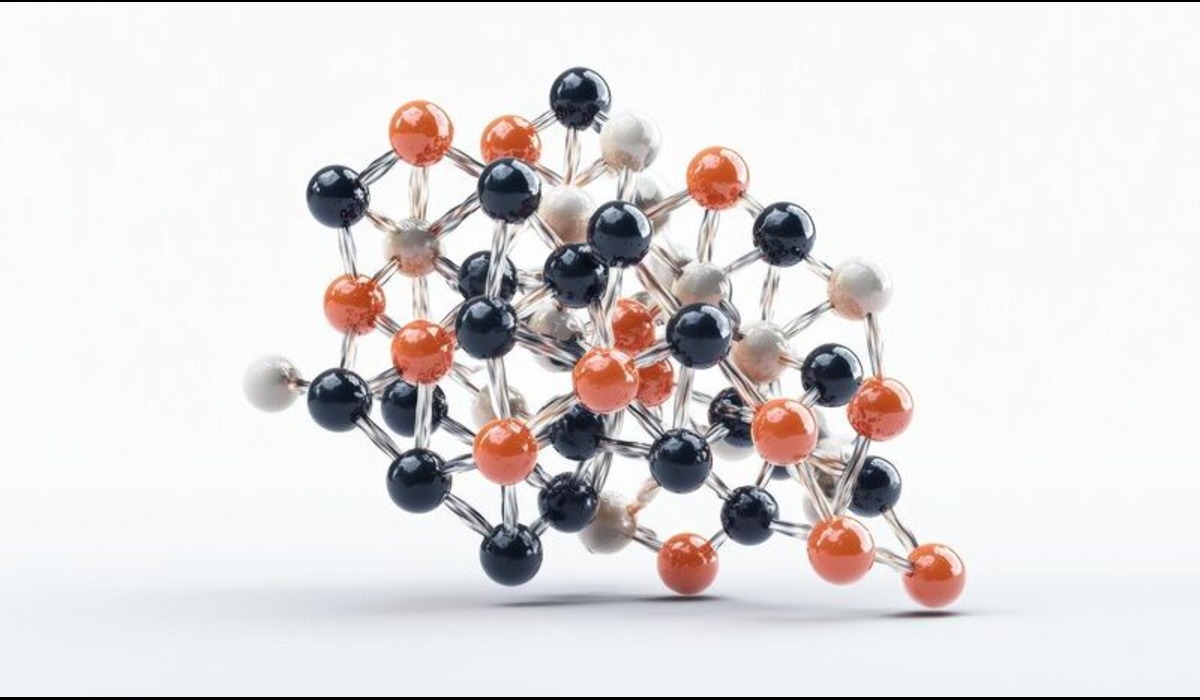The chemical compound hcooch ch2h20 is an interesting and complex substance that belongs to the class of esters, which are compounds formed through the reaction of an alcohol and an acid. This particular molecule can be dissected to understand the key components of its structure and the way it interacts with other substances in various chemical processes. In this article, we will break down the molecular composition of hcooch ch2h20, discuss the reactions it undergoes, its significance in both industrial and laboratory settings, and its potential applications.
Structural Composition and Understanding hcooch ch2h20
To begin understanding the compound hcooch ch2h20, we need to first deconstruct its structure. This molecule can be interpreted as an ester derived from formic acid and an alcohol, specifically methanol. Let’s break it down:
- HCOO: This part of the formula represents the formate ester group. Formic acid (HCOOH) is a simple carboxylic acid, and when it reacts with an alcohol like methanol (CH3OH), it forms an ester. The structure of the formate group (HCOO) is derived from removing a hydrogen atom from the carboxyl group (-COOH) of formic acid.
- CH2H2O: This part represents methanol (CH3OH), which is a simple alcohol. Methanol consists of a single methyl group (-CH3) attached to a hydroxyl group (-OH). The notation in the molecular formula “CH2H2O” likely refers to the methanol’s condensed form, though a more conventional representation would be CH3OH. This suggests the compound is an ester formed from methanol and formic acid.
Therefore, HCOOCH2H2O can be understood as a formic acid ester with methanol involved in the reaction. However, there is some ambiguity about the exact structural and chemical behavior given the peculiar notation. To clarify, the focus here will be on discussing the general chemistry of formic acid esters and the reactions they participate in.
General Chemistry of Formic Acid Esters
Formic acid esters, like hcooch ch2h20, are typically formed through esterification reactions, where an alcohol reacts with an acid to form an ester and release water. In this case, formic acid (HCOOH) reacts with methanol (CH3OH), which is a common alcohol used in esterification reactions, to produce methyl formate (HCOOCH3) and water as by-products.
- Esterification Reaction: HCOOH+CH3OH→HCOOCH3+H2OHCOOH + CH3OH \rightarrow HCOOCH3 + H2OHCOOH+CH3OH→HCOOCH3+H2O
Formic acid esters are relatively simple but essential compounds in organic chemistry. They possess some key properties that make them useful across various industries:
- Volatility: Esters like methyl formate are volatile, meaning they evaporate easily at room temperature. This property makes them ideal candidates for use in solvents and in fragrance and flavor production.
- Solvent Properties: Methyl formate, specifically, is employed as a solvent in various chemical processes, particularly in the production of adhesives, coatings, and paints. The ester is also used in the synthesis of pharmaceuticals.
- Reactivity: Like other esters, formic acid esters undergo hydrolysis reactions, especially in the presence of water and acid or base catalysts. In this reaction, the ester is broken back down into its constituent alcohol and acid.HCOOCH3+H2O→acid/baseHCOOH+CH3OHHCOOCH3 + H2O \xrightarrow{\text{acid/base}} HCOOH + CH3OHHCOOCH3+H2Oacid/baseHCOOH+CH3OH
This reversibility gives formic acid esters practical importance in synthetic organic chemistry, where they can be manipulated to form other chemicals as needed.
Industrial and Laboratory Applications of Formic Acid Esters
Formic acid esters, including methyl formate, are used in various industries for their chemical properties. Let’s explore some of the major applications:
1. Solvent in Organic Synthesis
Esters, including formic acid esters, are valuable solvents in many organic synthesis reactions. Methyl formate, for instance, serves as an effective solvent in the synthesis of pharmaceuticals, agrochemicals, and fragrances. The polarity of formic acid esters allows them to dissolve a variety of organic compounds, making them versatile in chemical reactions.
2. Flavors and Fragrances
Formic acid esters are used in the flavor and fragrance industries, particularly methyl formate, which has a pleasant, fruity odor. It is used in small quantities to enhance the scent and taste of products such as perfumes, candies, and beverages. The ester group imparts characteristic fruity, apple-like flavors that are widely sought after in these industries.
3. Fuel Additives and Alternative Fuels
Formic acid esters, including methyl formate, have been explored as potential fuel additives. Their high volatility and relatively clean combustion properties make them a suitable candidate for use in biofuels. Researchers have been investigating their use in fuel cells and as an alternative to more conventional fuels.
4. Agriculture: Pesticide Formulations
Formic acid esters have been found useful in the agricultural industry for producing certain pesticide formulations. They can act as carriers or solvents for the active ingredients in pesticide products. Additionally, methyl formate has shown some insecticidal properties, further broadening its utility in agriculture.
Environmental Impact and Safety Considerations
While formic acid esters have many beneficial applications, it is important to consider their environmental impact and safety. The volatility of these compounds means they can easily evaporate into the atmosphere, contributing to air pollution if not handled properly hcooch ch2h20.
Formic acid esters are generally considered to have a lower toxicity profile compared to other volatile organic compounds, but prolonged exposure can still pose risks to human health, especially with respiratory irritation. Proper ventilation and protective measures are recommended when working with these chemicals in laboratory or industrial settings.
Additionally, the use of formic acid esters in the agricultural industry raises concerns regarding their potential to harm non-target organisms. Therefore, regulations are in place to ensure that their use does not adversely affect wildlife, particularly aquatic ecosystems hcooch ch2h20.
Reaction Mechanisms Involving Formic Acid Esters
Formic acid esters are involved in a variety of interesting chemical reactions, some of which have industrial significance. In addition to the basic esterification and hydrolysis reactions, there are other notable mechanisms:
1. Nucleophilic Substitution Reactions
Formic acid esters can participate in nucleophilic substitution reactions, where the ester group is replaced by another nucleophile. This reaction is often catalyzed by an acid or base and can be used in the synthesis of more complex compounds.
For example, in the presence of alcohols, formic acid esters can undergo transesterification to form a different ester.
2. Reduction Reactions
Formic acid esters can undergo reduction reactions, where the ester is reduced to alcohols and acids. This can be achieved using reagents such as lithium aluminum hydride (LiAlH4). This reaction is important in organic synthesis when formic acid esters need to be converted to other compounds.
3. Formation of Formamide Derivatives
Formic acid esters can be converted into formamide derivatives through reactions with amines. This conversion is useful in the production of chemicals that are essential for pharmaceuticals, agricultural chemicals, and other industries.
Conclusion
hcooch ch2h20 represents a formic acid ester that, when properly interpreted, illustrates the importance of ester chemistry in organic synthesis and industrial applications. Formic acid esters, including methyl formate, are versatile compounds used as solvents, flavoring agents, and in pesticide formulations, among other uses. Their hcooch ch2h20 chemical properties, such as their volatility and reactivity, make them ideal for a wide range of chemical processes.
Despite their benefits, it is essential to handle these compounds with care due to potential environmental and health concerns. Continued research into their uses, reactivity, and safety profiles will ensure that formic acid esters remain an integral part of industrial chemistry and other applications in the future.
By understanding the chemistry behind these compounds, scientists and industries can continue to innovate, improving efficiency and minimizing risks associated with their use. The study of formic acid esters like hcooch ch2h20highlights the broader significance of esters in chemical processes and their ever-growing applications in modern science.










